Projects
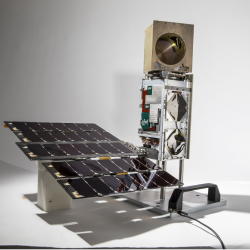
TROPICS
A constellation of small satellites is collecting rapidly refreshed weather data to advance studies of hurricane structure and intensity and improve forecasts.
Tags
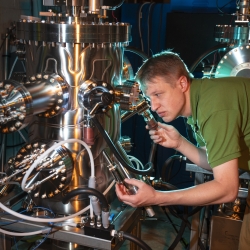
Materials by Design
A new approach to materials discovery aims to expedite the process of deploying new materials for specific mission needs.
Tags
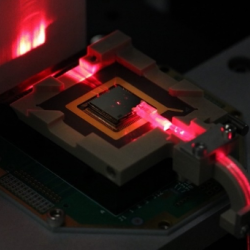
Compact Optical Trapped-Ion Array Clock
Optical atomic clocks are the most accurate in the world, but they are very large, sensitive instruments. We are transforming the complex components of these clocks into a compact, portable platform.
Tags
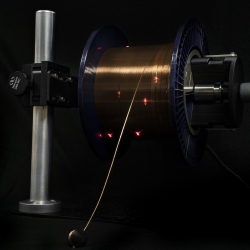
Fiber Sensor Array Buoy
A small, low-cost system that leverages long-length fibers embedded with electronics could provide persistent monitoring of the undersea environment.
Tags
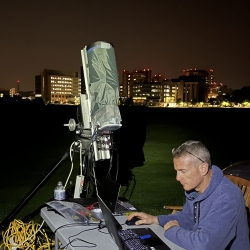
Mapping Aerosols in the Atmosphere using Bistatic Polarimetric Aerosol Lidar (BiPAL)
We are collaborating with University of Wisconsin Space Science and Engineering Center to create BiPAL, a new method for identifying and mapping aerosol vertical distributions within the atmosphere.
Tags
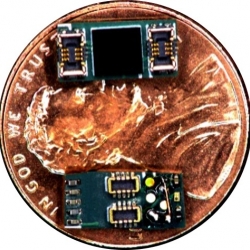
Superconducting Discrete Integrated Circuit Electronics
A technology that allows system developers to combine modules produced by trusted foundries and commercial manufacturers may deliver yield enhancements and power and performance benefits to mission-critical systems.
Tags
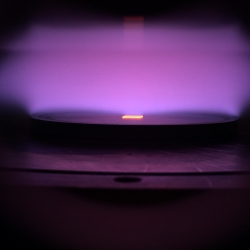
Diamond Magnetometer
Engineered diamonds show promising capability for use in quantum sensing of magnetic fields.
Tags

Self-Healing Materials for Vibration Damping
New materials that are chemically inspired by nature could be tailored at the molecular level to dissipate vibrations in microsystems. Materials that can survive repeated external stresses could enable a next generation of enhanced microsystems.
Tags
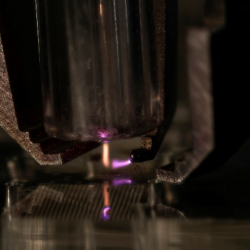
Microplasma Sputterer
A novel method for manufacturing interconnects could open the door for 3D-printed microelectronic systems.
Tags
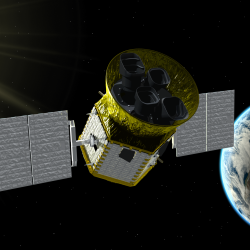
Transiting Exoplanet Survey Satellite
A new planet hunter will spend the next two years searching for exoplanets, including those that could support life.
Tags